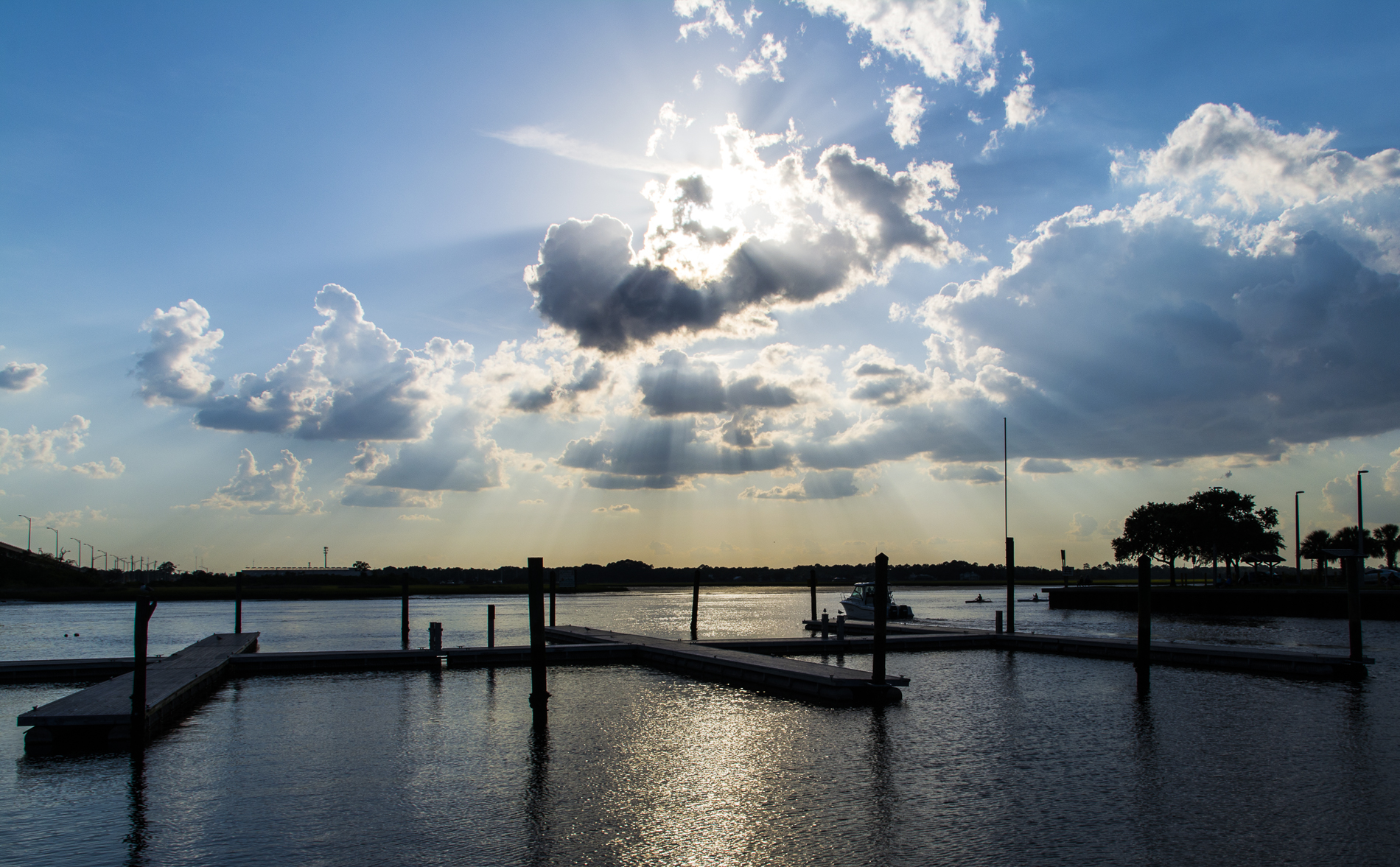I didn’t get any projects moved ahead this week. I’ve been moving the last of the stuff from the apartment (a duffle bag a day on my trip from work) and trying to sort out where I’m going to store everything. Unlike a house or an apartment where you have multiple levels of storage (cabinets) and everything stays stable a boat requires a little more finesse. Due to the size storage is also at a premium.
Find A Hole
Most of the storage on a boat is accessed via a top opening. This means you have to plan for how often you’re going to use things and in what order.So in the galley where you have one large box for all your cooking stuff, you have to put pans hardly used at the bottom and ones you use all the time at the top of the box. The galley is small with little storage, so you then have to spiral out from that location to find other places to put things.
Every structure has a storage section associated with it. Behind and underneath the settee are areas for storage. On a boat, every has to serve two purposes or it doesn’t go on the boat. It’s all about being efficient in maximizing your space usage.
Make It Secure
Another thing you have to account for is when you travel. A monohull (vs a catamaran) will lean up to 20 degrees in each direction as you sail. One of the reasons for top-only access to storage is because you don’t want everything to shift to one side and break open a cabinet door (or have it just wait on you to open it and have everything topple into your lap). But you also have to plan for this movement so that breakable things won’t end up broken. There is a sliding door cabinet directly above the stove where I have all my spices, glasses and flatware. I’ll put a large towel in this area to fill up the excess space to save the glasses and plates.
So as I figure this out every flat surface has all the “stuff” I’ve hauled from the apartment. Hopefully, I’ll this sorted out this week.
The Rigger
This week I also hired a rigger to come out and tune the standing rig. Standing rig are the cables that hold the mast in place and by tuning them you make sure that the mast is straight in all directions and also that the tension is correct.
The rigger I hired is Julian Crisp from www.sparmanusa.com.Julian was a great guy to work with and I’m hoping he’ll be doing a lot more work on my project starting in December. I also had him weigh in with his opinion on my plans for the sail plan and running rigging to make sure I wasn’t out of line in my thinking. He actually took my ideas a step further and we’re working out a phase based game plan to change up the sail plan and running rigging (running rigging are the line or ropes that control the sails). Some highlights are:
- Going with a larger genoa sail (and a larger furler for it). This will allow us to remove the jib stay (middle sail) to clear room on the foredeck.
- Giving the jib stay a quick release connection, so we won’t actually remove the jib stay but store it against the mast. Then if I’m in heavy weather I can replace the jib stay and hank on a small storm sail. This will give me the versatility to manage a wider range of weather.
- Putting in a new track system (this track runs up the mast and is what the connects the mainsail to the mast) to make it easier to raise and lower the mainsail.
- Running all the lines from the mast back to the cockpit. This way I can control 90% of the sail work without going out on the deck. As I singlehand a lot this will be a huge bump in the safety factor.
- Move the mainsheet (which controls the main sail) from the stern to on top of the cabin top. This will allow for tighter control of the main and also clear the space over the cockpit so that I can put in a large bimini for shade.
All these items will make it much easier and fun to sail while I work out all the other projects on the boat.





[…] that leaves me with my latest issue, the rigger who was changing the sail plan on the boat decided to get a day job. While I’m not any money or having any direct work […]
[…] the upcoming sail plan changes coming in December ( the first phase is going to run me almost $9,000) I’m limited to […]